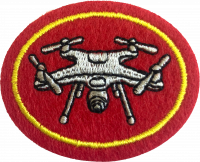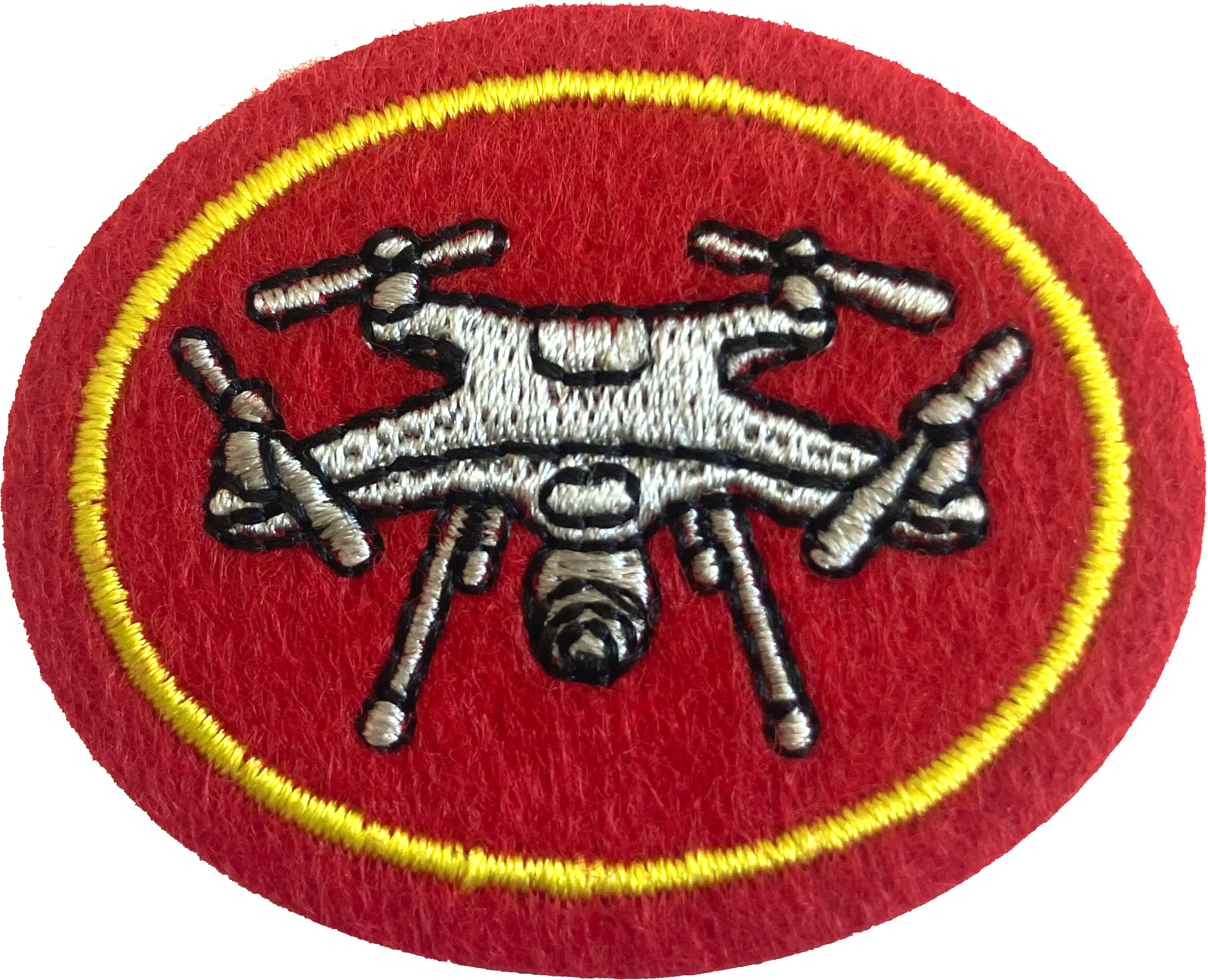Difference between revisions of "AY Honors/Drones/Requirements/en"
(Updating to match new version of source page) |
(Updating to match new version of source page) |
||
| Line 30: | Line 30: | ||
<noinclude></noinclude><section end=req2g /></b> | <noinclude></noinclude><section end=req2g /></b> | ||
| − | <b>3. <section begin=req3 /><noinclude>Learn at least ten basic safety procedures for recreational drone operators. Identify which of these rules are due to laws or regulations in your state/province/territory. | + | <b>3. <section begin=req3 /><noinclude></noinclude>Learn at least ten basic safety procedures for recreational drone operators. Identify which of these rules are due to laws or regulations in your state/province/territory. |
<noinclude></noinclude><section end=req3 /></b> | <noinclude></noinclude><section end=req3 /></b> | ||
Latest revision as of 01:28, 10 February 2023
1. Discover and describe a brief history of drones and unmanned flight.
2. Identify the following components of a drone and describe how they work together to make a drone fly:
- a. Propeller and motors
- b. Electronic Speed Controller (ESC)
- c. Flight Controller
- d. Global Positioning System (GPS)
- e. Battery
- f. Remote control (RC) receiver and transmitter
- g. Camera
3. Learn at least ten basic safety procedures for recreational drone operators. Identify which of these rules are due to laws or regulations in your state/province/territory.
4. Review the current rules and regulations for recreational/hobby drone pilots in your local area (such as the FAA or the TCAA).
5. Learn how to pass the mandatory FAA TRUST or TCAA certification (or its equivalent) for recreational/hobby drone pilots.
6. Explain why the following are important to consider when selecting a drone for recreational use:
- a. Flying time/Battery life
- b. Camera
- c. Availability of spare parts
- d. Global Positioning System (GPS)
- e. Buy from the right place
7. Find pictures and videos of drones in six commercial (non-military) applications to help you discover exciting examples of drone technology, potential opportunities for service and careers in the drone industry.
8. Read Isaiah 55:9-11, where God says that His ways are higher than our ways. Discuss how God seeing things at a higher level benefits people. How does this different perspective benefit a drone operator?
9. Using drone aerial footage, as an individual or club create a movie for use in evangelistic outreach or other ministry purposes. Make sure to follow all legal requirements in the use of the drone footage.
10. After being certified, perform the following basic maneuvers with a drone:
- a. Take-off and landing
- b. Forward and reverse flight
- c. Left and right flight
- d. 360-degree rotation


